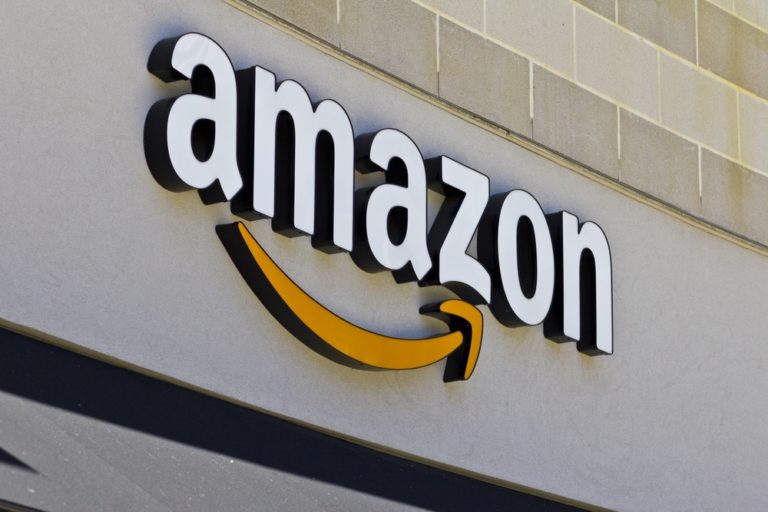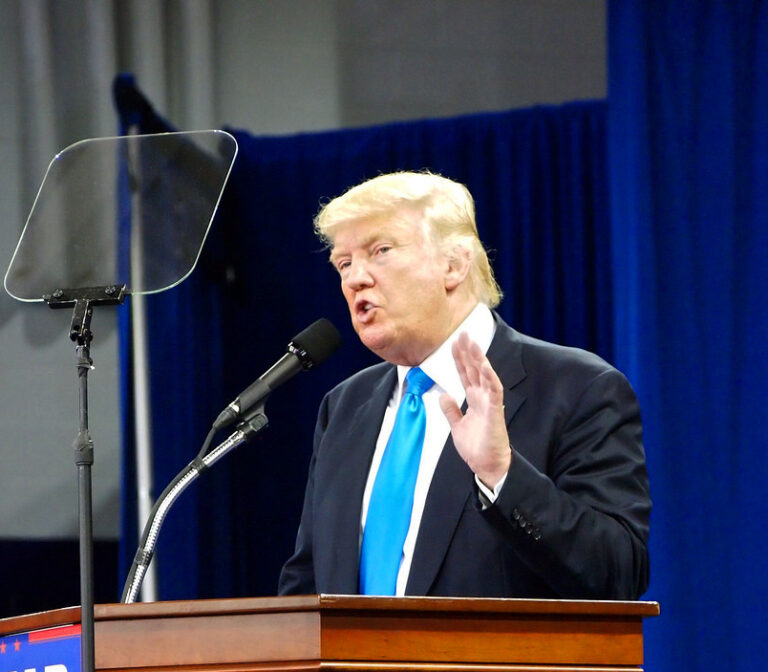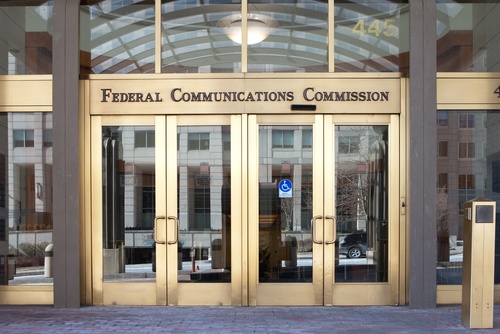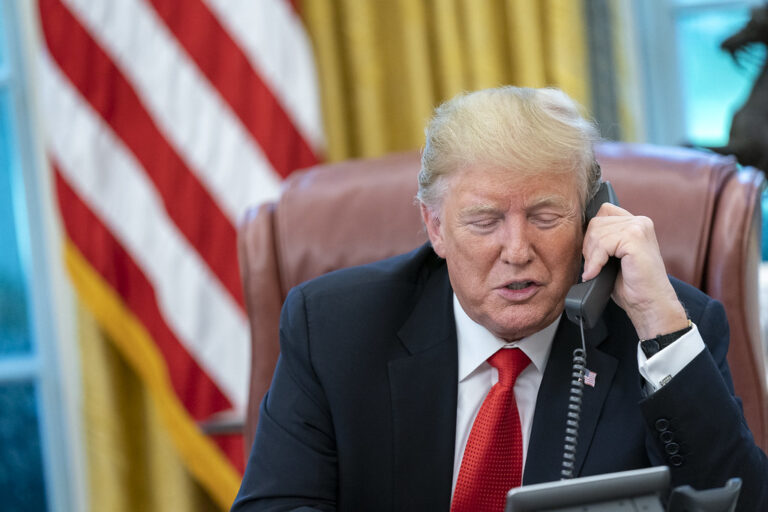Key Takeaways
• UK regulators have opened a formal review of the Amazon Anthropic deal to check competition risks.
• The probe will look at whether the deal limits choices and stifles new AI players.
• This move reflects broader efforts to keep big tech fair and ethical.
• The outcome could shape future rules for AI investments and partnerships.
Key Questions About the Amazon Anthropic Deal Probe
Overview of the Amazon Anthropic Deal Investigation
Amazon agreed to invest four billion dollars in Anthropic earlier this year. Anthropic is a fast-growing artificial intelligence startup. Together, they plan to build advanced AI models and cloud services. However, UK regulators worry this investment could give Amazon too much power. Consequently, they started a formal investigation under the country’s competition laws.
Why the UK Is Investigating the Amazon Anthropic Deal
First, regulators want to see if the Amazon Anthropic deal limits fair competition. They worry a big player like Amazon could dominate AI services. Second, they aim to protect smaller AI companies from being crowded out. Third, the UK is pushing for an ethical and balanced digital economy. Therefore, it will take steps whenever a big deal might upset that balance.
Moreover, the UK’s Digital Markets Unit believes healthy competition drives innovation. If a single company controls key AI tools, it may block rivals from entering the market. In turn, this could slow down new ideas and products. Thus, the investigation will assess whether the Amazon Anthropic deal hurts or helps consumers and businesses.
What the Probe Will Examine
• Market share effects: Will Amazon gain too much power in computing and AI services?
• Access to technology: Could the deal restrict other companies from using Anthropic’s AI models?
• Pricing concerns: Might Amazon raise prices or limit choices for customers?
• Innovation impact: Does this tie-up slow down new AI developments by smaller rivals?
How the Review Works
The UK’s competition watchdog may request documents, data, and interviews. It will talk to Amazon, Anthropic, customers, and competitors. Then, analysts will measure market impacts and risks. Finally, the watchdog will decide if it needs to impose conditions or block the deal.
What Amazon and Anthropic Are Saying
Amazon insists the deal will boost AI innovation and lower costs for customers. It argues that Anthropic will remain independent in research decisions. Likewise, Anthropic says the funding will help it grow safely and responsibly. They stress that they will share models with other firms under fair terms.
However, some industry experts remain cautious. They note that large tech companies often gain unfair advantages through big investments. Thus, it could give Amazon exclusive access or special rights. Meanwhile, smaller startups might struggle to compete or secure funding.
Implications for the AI Market
If the UK raises concerns, the Amazon Anthropic deal may face conditions or changes. For instance, regulators might force Amazon to allow open access. They could also demand price caps or firewalls between the two firms. Alternatively, they may order the deal to be unwound altogether.
Such moves would send a strong message to global tech investors. It would signal that big deals can face deep scrutiny. Furthermore, other countries might follow suit in reviewing similar tech investments. In the long run, this could create a more level playing field.
On the other hand, if the investigation clears the deal, it may speed up AI adoption. It could encourage more partnerships between major cloud providers and AI startups. Yet, critics worry this would let giant platforms tighten their grip on AI.
Global Context and Ethical Innovation
The UK’s probe joins a wave of global antitrust checks on tech giants. Regulators in the EU and the US have also increased oversight of big tech mergers. They aim to promote ethical AI standards alongside fair competition. Accordingly, they want AI to be safe, transparent, and accessible.
In addition, the UK government is working on rules for “responsible AI.” This includes safeguards against bias, misuse, and harm. Hence, the Amazon Anthropic deal investigation fits into a broader push. It links economic fairness with ethical technology practices.
Next Steps and Timeline
The watchdog has set an initial window of a few months for this review. During this period, both companies must cooperate fully. They need to provide clear evidence showing the deal is pro-competitive. If concerns persist, the case could move to a deeper Phase 2 investigation. That would add more time and scrutiny.
Regardless of the outcome, all eyes will be on how the UK balances innovation with market health. The final decision could reshape how big tech and AI startups partner in the future.
Conclusion
The Amazon Anthropic deal is at the center of a key competition review in the UK. Regulators aim to ensure that no single company can dominate the AI market. They will check market share, access, pricing, and innovation impacts. While Amazon and Anthropic argue their partnership will boost AI progress, the final verdict remains open. Ultimately, this investigation highlights the importance of fair play in a fast-moving tech sector.
FAQs
How could the Amazon Anthropic deal affect small AI startups?
Such a deal could give Amazon exclusive tools, making it hard for smaller firms to compete or get funding.
What might regulators require if they find problems?
They could demand open access to AI models, price limits, or structural changes in the partnership.
Will this UK probe impact AI investments elsewhere?
Yes, other countries may adopt similar reviews, signaling closer scrutiny of big tech deals.
What happens if the investigation is cleared?
If cleared, the deal may move forward without changes, potentially accelerating AI services for customers.










